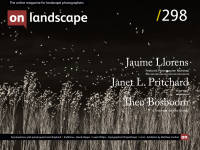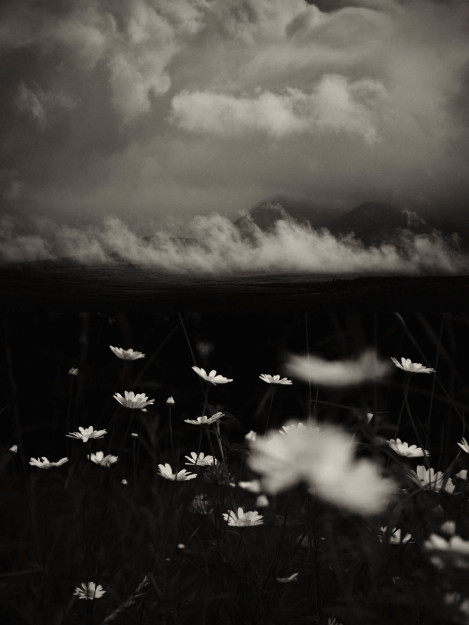Featured Photographer Revisited

Jaume Llorens
Born in Porqueres, near Girona, Catalonia, in 1966, Jaume has been fond of photography since he was a teenager. In 2014 he took part in his first collective exhibition. The most notable shows have been the LensCulture group exhibition at Photo London 2023; a solo show at the Fundació Valvi in Girona in 2022; another solo exhibition at the Festival Mirades in Torroella de Montgrí in 2021; and a collective exhibition at the Valid Foto Gallery in Barcelona (OFNI Project, 2019).
Among Jaume’s awards are the: Top Pick, LensCulture Critics' Choice 2023; Top 50 at Photolucida Critical Mass 2023; 3rd place (singles) LensCulture Black & White Awards 2022. His portfolio 'Deep Inside' was selected at the Barcelona International Photography Awards, BIPA, 2019, and he won 3rd prize in the VI National Photography Competition Canson Infinity (Spain). Jaume is represented by Crane Kalman Brighton and Fotonostrum (Barcelona).

Michéla Griffith
In 2012 I paused by my local river and everything changed. I’ve moved away from what many expect photographs to be: my images deconstruct the literal and reimagine the subjective, reflecting the curiosity that water has inspired in my practice. Water has been my conduit: it has sharpened my vision, given me permission to experiment and continues to introduce me to new ways of seeing.
In our Featured Photographer interview with Jaume, we described Jaume’s images as a celebration of nature and of place, with many derived from the area around his home close to the Lake of Banyoles in northeastern Catalonia, Spain. This remains true, but you will find a rather different portfolio these days: strikingly monochromatic, employing inventive pairings of images. It builds on an early love of black and white, using darkness to simplify, and continues to exploit abstraction to give freedom of interpretation.
It illustrates the case that working in one place is not a limitation but a portal to possibility. As you will see, that doorway has led to some unforeseen but exciting opportunities.
What has changed for you, photographically speaking, since we spoke back in 2018, or has given you the most enjoyment during the intervening period?
Very happy to reconnect with you, Michela. I appreciate the invitation!
Indeed, many things have happened during these years. The COVID-19 pandemic has undoubtedly been the most significant event since we last spoke and has partly been responsible for some changes in my photographs during this period.
Right after the lockdown, a friend sold me a compact camera with a 35 mm lens, small and portable. I wasn't sure if I would use it because it took me out of my comfort zone, accustomed to longer focal lengths that worked well for simplifying. This influenced my perspective in the following months; I got used to seeing the world through this new lens.
After the confinement, I almost always carried it with me when I went out. I started exclusively shooting in black and white. It wasn't intentional; it just happened that way; I couldn't bring myself to photograph in colour. The images I captured were dark and highly contrasted, practically devoid of greys, only black and white; all or nothing. Never before had we collectively experienced life and death so closely, and I suppose that was the reason driving me to seek these kinds of photos.


